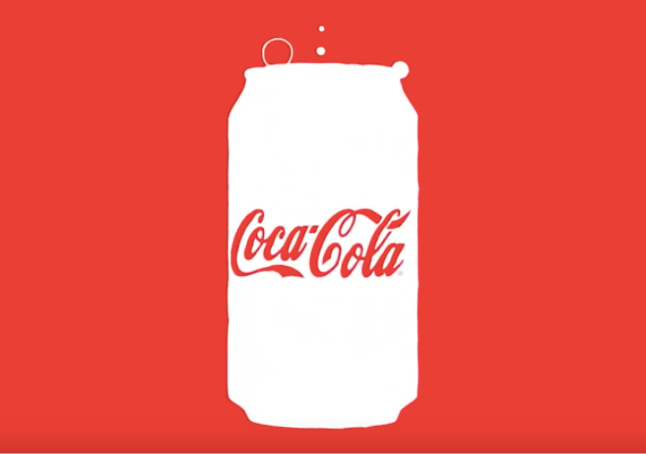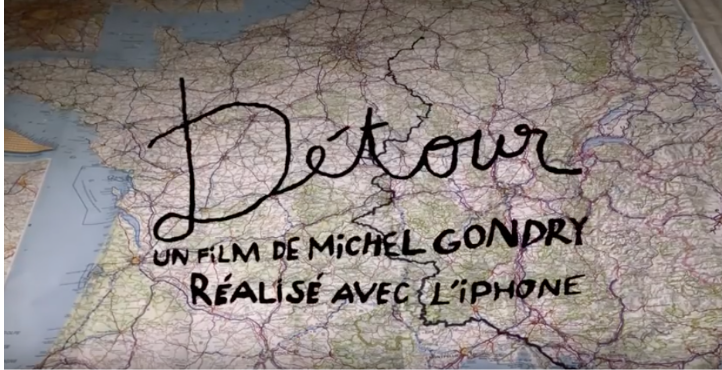Everyone loves a good story. However far back you go in history, there is evidence of humans creating and sharing stories. Our brains are wired to love and respond to them. Whether they are designed simply to entertain, or to inform or persuade, we listen.
So it should come as no surprise that storytelling is becoming an increasingly significant factor in branding. Stories can be used effectively to communicate a message, and to achieve an objective such as raise brand awareness, change consumer perceptions, or increase revenue.
The aim of using a story is to make the consumer feel something. By understanding why they should care about something, they will hopefully be sufficiently inspired to take action.
What makes storytelling so effective?
Scientific evidence shows that listening to a story makes most parts of our brain light up. There is significantly more engagement than when, for example, just listening to someone impart facts.
Telling a story also makes information much more memorable. According to psychologist Jerome Bruner, we are 22 times more likely to remember a fact when it has been part of a story. When listening to a story, our brain patterns begin to align with those of the storyteller as we relate the story to our own ideas and experiences. As we do this, oxytocin is released by the brain, which causes us to feel trust and empathy with the storyteller.
Consumers are therefore much more likely to be responsive to a message – and its call to action – if it is wrapped up in a story. Even more so when that story grabs their attention, and includes elements of tension and emotion in the narrative.
But why the explosion in storytelling?
The growth of technology is both enabling and necessitating the art of storytelling.
Enabling in the sense that today’s consumer is very mobile device-centric and has an increasingly short attention span. The average human also processes images and videos 60,0000 times faster than text, and recent research indicates that organisations who use video content as part of their marketing strategy are benefiting from 41% more web traffic from search.
So consumers are very open to viewing your story. But they have a wide range of information and entertainment sources to choose from, including various social media channels and niche content providers, so will no longer necessarily default to mainstream content providers to stay informed and entertained.
We will look later at what you can do to ensure that your story stands out.
Also be aware that technology is moving forward in terms of Augmented Reality (AR) and Virtual Reality (VR) platforms, and it’s estimated that around 75% of major corporations have either used VR or AR to create some form of immersive customer storytelling experience, or are in the process of developing these technologies.

One example of this was Coca-Cola’s recent AR campaign, in collaboration with VFX house Timber. It enabled customers to point their phone’s camera at a can of Coke and see one of twelve animated stories come to life. Each story plays out a conflict between the characters, which is then resolved by everyone sharing a Coke.
But despite all these advancements in technology, it can also leave something of an emotional gap. A gap in which fundamental storytelling can thrive. We live in a very fast-paced society, based on instant gratification. But what is often missing is the human touch. A sense of belonging.
Businesses can tap into this need by using storytelling to connect with people on a more personal level. By telling the story of your business and explaining why you exist, what is important to you, and what your customers mean to you, you can win the hearts and minds of those customers.
Tips for effective storytelling
So, storytelling is not just “nice”. It’s a marketing goldmine that you simply cannot afford to ignore. If you want to introduce storytelling into your digital marketing strategy, here are four tips to get you started:
Consistency
Ensure that you use your story consistently across multiple channels. These should include advertising, PR, events, social media, content marketing, SEO and any other form of brand strategy and messaging – including billboards and paper media.
Emotion
Engage the emotions and build a tribe. Give people a reason to care about what you are doing. Whether you are trying to motivate, persuade, or be remembered, capture people’s hearts by first engaging their brains.
Think carefully about the emotion(s) that you want to evoke in your audience every time they interact with your brand. Even if they forget what you say, they will remember how you made them feel. They will want to be part of your tribe: a tribe that supports your success, and will be loyal followers.
Identity
Remember that you are pitching into a very crowded marketplace so you need to be able to talk about your brand in a way that makes you stand out. So when crafting your story, think about what value you can add to your intended audience – over and above the product or service itself. How do you want them to feel when they interact with you? What is it about your brand that they identify with?
Take, for example, Apple. The company has developed an ethos of being innovative, willing to try new things, slightly elitist. The message being that Apple customers are special and not afraid to stand out from the crowd. So, stories coming from Apple need to reflect and impart this.
 Their “Detour” advert on their French website and France/UK Youtube channels told the story of a child’s tricycle becoming lost on a family road trip.
Their “Detour” advert on their French website and France/UK Youtube channels told the story of a child’s tricycle becoming lost on a family road trip.
The film was shot entirely on an iPhone by French director Michel Gondry (“Eternal Sunshine of the Spotless Mind”) so endorsed the company’s product as well as telling an emotive and quirky story, to which Apple’s customers could relate.
Humanity
Today’s consumers are increasingly demanding that companies make an impact in the world. They want to interact with businesses who are actively supporting one or more causes, and achieving results way beyond just profit. Most consumers will be persuaded to buy more from a company that visibly cares about causes over and above its own profit.
Storytelling is an excellent way to demonstrate your brand’s humanity. To explain how you are touching and transforming people’s lives and making a positive impact on society. People want to learn about the soul of your brand, and will be more likely to buy from you rather than from a competitor who is not doing likewise. Your brand will stand out in a crowded marketplace as one that dares to be human.
So, we have seen that storytelling is a powerful marketing tool that enables brands to communicate key messages effectively and customers to engage with your brand.
Hopefully these customers will become part of your tribe – and you will all live happily ever after!